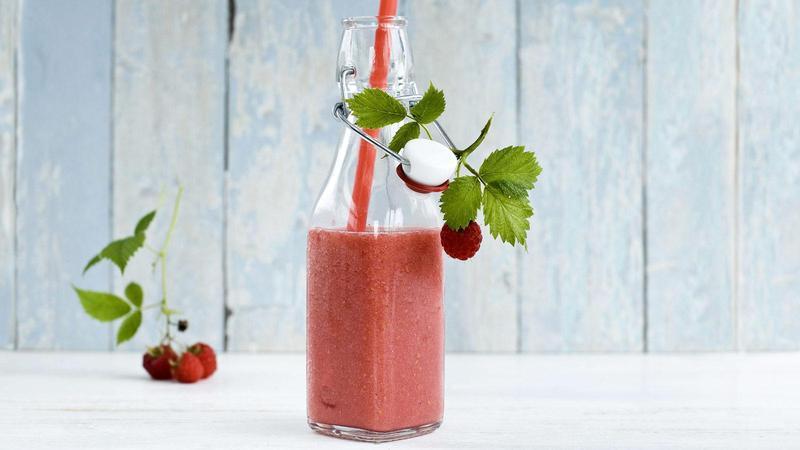Type 2 Diabetes Is Reversible. Here’s How to Get Rid of It
Type 2 Diabetes Is Reversible. Here’s How to Get Rid of It
Carlos Cervantes used to suffer from severe diabetes. His low point was 2011, when he had a heart attack, his kidneys started failing him and he was facing a foot amputation because of a toe-to-ankle ulcer. ‘I had pretty much figured that my time was up,’ he says.
Then he stumbled on a news clip about a study at Newcastle University. In it all 11 subjects had their type-2 diabetes reversed after following a very low-calorie diet — that is, just 600 calories a day for eight weeks. So Cervantes gave the diet a try. His blood sugar dropped to a normal level, his symptoms vanished and he was returned to good health.
The mechanism is simple. Type-2 diabetes is caused by a build-up of fat stopping the pancreas from producing the insulin we need. Restricting calories to a very low level means we can burn off this fat, allowing the pancreas to start working normally again.
Cervantes’s success story is one of many. Professor Roy Taylor, who led the Newcastle trial, says ‘over 100’ people around the world have contacted him to say they have tried the diet and got rid of their own type-2 diabetes.
Now, together, with Professor Mike Lean, he is leading a five-year study to determine whether such a diet might become routine NHS treatment (for type-2 diabetes, but not for type-1, which is caused by a reaction of the immune system, not fat). The results will begin to trickle in next year and be published in 2018.
Official guidelines may change after that. Until then, there’s nothing to stop people trying the diet themselves (though if you are on medication it’s best to check with a doctor first).
Fortunately, you don’t have to drop down to 600 calories a day. Subjects in the latest trial have a daily intake of 800. This seems to make a big difference. The earlier trial was gruelling. The journalist Richard Doughty, a subject on the trial, recalled feeling tired, hungry, and ‘detached from colleagues’. Even though it was July his fingertips went white with cold and he had to wear a coat.
On 800 calories it’s not nearly so horrible. ‘The first 24 or 48 hours are tough,’ says Professor Taylor. But then the body adjusts and ‘you rapidly lose the sensation of hunger’. In fact, he says, most of the subjects so far have carried on with the diet for longer than the 12-week minimum.
But, from the point of view of burning fat, 800 calories works as well as 600 — both are well below the daily requirement of 2,500 (men) or 2,000 (women). On either diet we get most of our energy from our fat rather than the calories we consume.
One problem, according to Taylor, is boredom. The diet involves nothing but nutritional shakes and water for 12 weeks. , don’t come in all that many varieties.
Another issue is you can always put the weight back on. You might reverse the diabetes only for it to come back later. ‘One of the most difficult things is not getting the weight down, but adapting long-term habits,’ says Taylor.
Type-2 diabetes is still widely seen as a progressive condition that will only ever get worse. One biscuit too many, you think, and you are doomed. The good news is there is a way out and it doesn’t even involve a pill or a doctor — just a diet.
Be the first to post a message!
